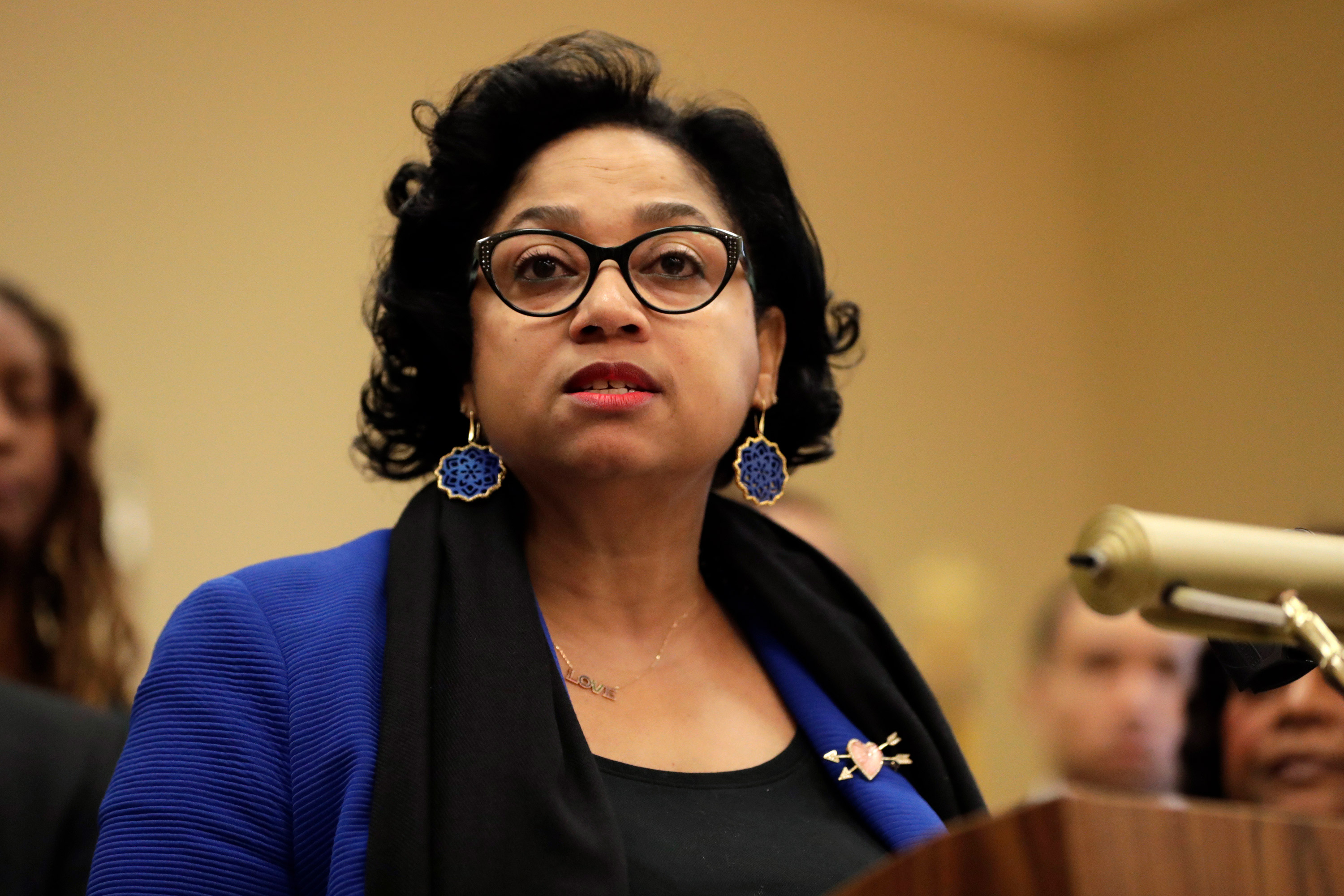Nov 18, 2024

By STEVEN ZECOLA
The United States healthcare system has failed by any measure.
First, costs are out of control. For example, 17% of the country’s GDP is spent on healthcare. This percentage was less than half that amount in 1980. It is expected to continue growing to 20% by 2032. Seventy-five percent of these costs are attributable to chronic diseases.
Second, notwithstanding the highest percentage of GDP spent on healthcare of the top ten high-income countries, the US has the worst performance outcomes whether measured on life expectancy, preventable mortality through disease management, and even access to care through insurance coverage or other means.
Third, the agency overseeing the healthcare industry is the Department of Health and Human Services. HHS is organized by functions such as Clinical Health Services and Behavioral Health Services rather than organized by disease management. The five strategic imperatives of its 4-year strategic plan do not contain benchmarks for improving the health status of the population, nor concrete steps to achieve the benchmarks. There is no mention of costs.
Fourth, the industry is huge and has many different components from healthcare providers to equipment manufacturers, to researchers, to pharmaceutical companies, to genetic companies, to insurance companies and so on. Over 16 million people are employed in the industry, with 60,000 in HHS alone. At this level of aggregation, leadership and management prowess becomes watered down and there can be no driving force for across-the-board improvements in disease management.
Fifth, the industry spends about $100 billion per year on R&D in pursuit of FDA approvals. The cost of this development translates into more than $2 billion per approved drug. Once approved, the drug effectively gains a barrier against unfettered competition. Independent analysts have estimated the costs of this regulatory scheme vastly exceed the benefits. Yet the FDA holds firm in its approach, given that its primary objective is safety.
Sixth, there does not appear to be a common understanding of the economics of the healthcare industry. For example, politicians introduce legislation without recognizing the underlying cause and effects on supply and demand and the resulting outcome.
Irrespective of the cause, the bottom line is that the existing healthcare industry system is broken and is moving further away from a stable equilibrium.
The Underlying Economics of the Healthcare Industry.
The United States has relied on the “invisible hand” of the market as its economic system since Adam Smith so aptly named this phenomenon in the 1700’s. That is, buyers and sellers interact until a mutually satisfying equilibrium Is reached that establishes the price, quality and quantity of a good or service.
With this principle in mind, roughly 95% of the thousands of industries in the United States are workably competitive and produce an efficient outcome. The health care industry is not one of them. It suffers a market distortion from “information failure”. That is, for most of the major illnesses, consumers do not have knowledge of the alternative treatments, or their cost. Thus, a “demand curve” to signal the patient’s preferences does not exist.
As a result, health care practitioners often provide their view of the best treatment, incorporate the impact of the relevant legislative and regulatory issues (including Medicare/Medicaid policies), consider any pertinent research and associated clinical trials, and conduct billing and other support functions including interacting with insurance carriers.
This approach effectively combines the demand and supply functions into one arm. In any industry or circumstance, this approach guarantees that costs will be out of control.
Additionally, there is a general lack of HHS activities that advance consumers’ interests such as negotiating drug prices, even though 33% of all healthcare expenses are being paid for by the federal government.
HHS does participate in the supply side of the industry, but not very well. For example, in 2023 HHS awarded 143,468 grants to 16,411 recipients. However, there is no program that provides a bridge for this work, once completed, to proceed to applied research. In the same manner, ClinicalTrials.gov lists 515,319 studies with 43,756 of those studies purported to be in Phase 3. However, the U.S. government states on this website that it does not review or approve these studies. Most of them are unfunded.
The FDA has done its best to ensure that drugs are safe. However, its involvement in all phases of research has brought blockbuster treatments to a crawl.
Recognizing the lack of continuity and coordination of research with respect to Parkinson’s disease, Congress passed, and the President subsequently signed into law the National Plan to Cure Parkinson’s Disease Act on July 2, 2024. Soon thereafter, the Michael J. Fox Foundation and several Congressional members issued press releases lauding the passage of the Act.
Four and a half months later, HHS has yet to issue a press release assigning organizational responsibility, a point of contact, or an overall plan to address the Act’s mandate. I have filed a FOIA request with HHS to try to determine the cause of the delay. In any event, this lack of responsiveness in the face of a legislative mandate highlights the need for change.
How to Organize the Healthcare Industry to Overcome Market Failure.
The two missing pieces for the US healthcare industry to function more effectively and efficiently are that 1) for major illnesses, consumers do not present a “demand curve” in the traditional economic sense because of information failure and 2) industry resources (including the government’s resources) are not organized by disease and therefor do not provide a well-functioning supply curve to address the patients’ preferences.
To address these concerns, HHS would be organized by disease with a Czar responsible for developing and overseeing the strategic plan for each major disease. Each Czar would be responsible for selecting an Advisory Board to do the heavy lifting.
The Advisory Board for each disease should be chosen to represent the interests of the patient. The Advisory Board should be tasked with establishing a comprehensive standard of care for the disease as well as providing recommendations for how much and where research dollars should be spent. Essentially, this entity would provide input that is usually provided by a demand curve, including the need to contain costs and how to allocate scarce resources.
On the supply side, existing resources would be identified and allocated on a virtual basis to each major disease. As a first step, the Market Czar would identify and coordinate the activities of providers of care for that disease. A current example is the National Comprehensive Cancer Network.
NCCN provides guidelines on available treatments categorized by different acceptance, availability and cost of treatment type. The Advisory Board could then provide its recommendations for the preferred treatment for each type of diagnosis. In areas of disagreement, the HHS Czar for that disease would issue an opinion.
As a second step, the Advisory Board would be tasked to determine the optimal split of basic versus clinical research resources given an assessment of uncertainty, to track progress of promising developments, and to ensure that funding is available where needed and utilized appropriately when allocated. The FDA employees working on drugs for a particular disease would report on a dotted line basis to the Czar for that disease to ensure a proper balance between the cost and benefit of the regulatory overview process.
Summary and Conclusion.
With the national debt at $34 trillion and the healthcare industry contributing to the growth of that deficit without any meaningful improvement in performance outcomes, the industry’s structure is not stable. A change needs to be made before Draconian cuts are forced upon the system.
For any change to be effective, it needs to address the “information failure” permeating chronic illnesses and the resulting lack of interplay between supply and demand to produce an acceptable outcome.
The approach proposed here utilizes outside Advisory Boards as a proxy for patient demand.
The industry would be realigned into “virtual markets” defined by disease management and be driven by the demand-side Advisory Boards that would provide recommendations to an HHS-appointed Market Czar.
Such an approach would put a spotlight on disease management, and we know from competitive industries that increased focus invariably leads to improved performance.
This two-fold approach of 1) fortifying patient input via Advisory Boards and 2) organizing resources by market rather than by function will improve industry performance by establishing leadership positions and organizational structures that can develop and follow-through on specific objectives for each major disease.
Steve Zecola sold his web application and hosting business when he was diagnosed with Parkinson’s disease twenty three years ago. Since then, he has run a consulting practice, taught in graduate business school, and exercised extensively








![Healthy High Protein Oatmeal Chocolate Chip Breakfast Bars [gluten-free + no added sugar]](https://i0.wp.com/healthyhelperkaila.com/wp-content/uploads/2024/11/OatmealChocolateChipBarsFeatured.png?fit=1536%2C1521&ssl=1)









 English (US) ·
English (US) ·